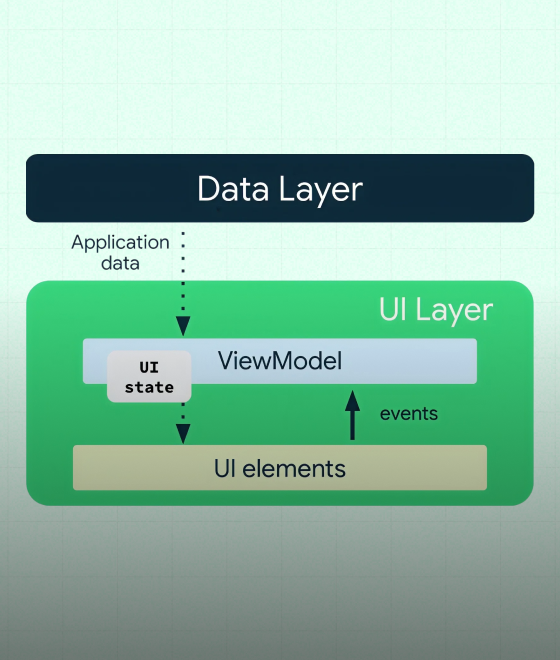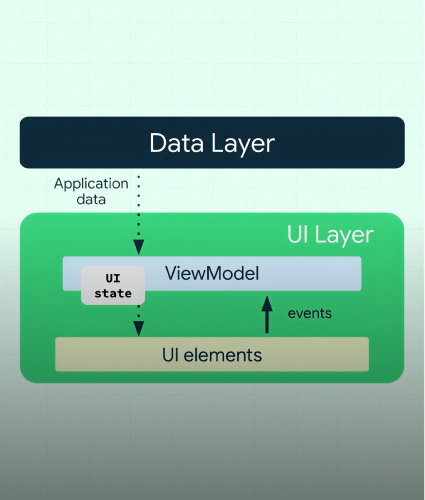The world of graphic design is buzzing with talk of artificial intelligence (AI), and for good reason. AI is revolutionizing the industry, offering designers innovative ways to create, edit, and enhance visuals. In this guide, we’ll demystify AI’s role in graphic design, providing clear insights into how it can streamline workflows, generate fresh ideas, and push creative boundaries. From automating repetitive tasks to making data-driven design decisions, AI is changing how designers approach their work. Join us as we explore this exciting new frontier in graphic design.
What is AI in Graphic Design?
Artificial intelligence (AI) is transforming graphic design, offering new ways to create and manipulate visuals. It's changing how designers work, impacting everything from brainstorming to the final polish on an image. This section explores the growing role of AI in the graphic design landscape.
Why You Should Try Artificial Intelligence in Graphic Design
Before we move on to the principles and techniques of working with artificial intelligence, let's look at the main advantages of this assistant. We also recommend reading predictions for web design in 2024, which include AI.

Saving Time
Artificial intelligence is good at covering small, monotonous processes that we used to do manually. You can delegate most of the technical tasks to it and concentrate on ideas and creativity.
Fewer Mistakes
Yes, artificial intelligence does not always produce correct results, but it more easily notices mechanical errors that humans are prone to. It can be typos in the logo or the wrong design format.
New Source of Ideas
If you tell the artificial intelligence correctly about your plans and requirements for the project, it can surprise you with non-ordinary ideas. The creative process can become more efficient and focused when the starting point of the work already has a base of concepts and references.
Optimized Work
As well as saving designers time and effort, AI can help optimize the entire project process. For example, data-driven artificial intelligence facilitates testing the prototype of the final product. You can also optimize preparation for work by entrusting AI with the creation of a template or composition.
Principles of Using AI in Graphic Design
Acknowledging the powers of artificial intelligence in graphic design is not enough. It is worth understanding that there are many ways and technologies for its use, each with its advantages and disadvantages. We offer to get acquainted with the basic principles of how to use AI for graphic design.
Algorithm-driven Design or Generative Design
Algorithm-driven design is made with the help of artificial intelligence, which is guided by common human concepts, patterns, and images. The final result appears in seconds in several variants, but they always require intervention from the designer. Your involvement is a necessity if you want to use AI products.
Data-driven Design
On the other hand, we have a data-driven design. In this method, you should enter all the needed data at the beginning, on which the AI will work. You will not receive a ready-made design but optimized, data-driven instructions on creating it. This method also saves resources on product testing and allows for checking everything online before releasing it to the user.
Editing
This method, unlike the first two, helps with design improvement or the preparatory stages of work. The AI does a good job of cutting and moving design elements and removing or changing backgrounds. It's like a smart editor doing boring work for you.
AI-Generated Layouts
Another useful tool that you can use in the early stages of design work. Artificial intelligence can create a successful template or composition based on which you will continue your creative work. Use AI-generated layouts to make sites and adapt visual content to different formats.
How to Integrate Artificial Intelligence in Work?
We talk a lot about the advantages of artificial intelligence and ways to work with it in graphic design. But the first step is to successfully integrate it into your projects. It may not be easy, especially at the beginning. The most common mistakes are two opposites – mistrust of artificial intelligence and excessive reliance on this tool. Don't think about artificial intelligence in the format of AI vs graphic design, but AI in graphic design. Here are some tips on how to effectively transform your workflow by adding AI to it.
1. Understand the Role of AI in Graphic Design
Before diving into AI tools, it's crucial to understand their role in the creative process. AI in graphic design is not about replacing designers but augmenting their skills. AI can handle repetitive tasks, provide smart design suggestions, automate processes, and analyze trends. By leveraging AI, designers can focus more on creativity and high-level design decisions.
2. Choose the Right AI Tools for Your Needs
There are numerous AI tools available for graphic design, and each serves a different purpose. Here’s a breakdown of the most popular types of AI tools you can incorporate into your workflow:
- AI-Powered Design Software: Tools like Adobe Sensei and Canva's AI-powered features help automate tasks like color palettes, image resizing, and text formatting.
- AI-Generated Graphics: Platforms like DALL·E, MidJourney, or DeepAI can generate custom artwork from simple text prompts. These are great for brainstorming concepts or creating unique illustrations.
- AI for Image Editing: Tools such as Luminar AI or Photoshop’s AI features (like sky replacement or content-aware fill) can help enhance and manipulate images quickly and efficiently.
- AI for Font and Layout Suggestions: Tools like Fontjoy and Designhill use AI to suggest font pairings and layout ideas that work together harmoniously.
3. Start with AI-Assisted Design Concepts
AI tools are excellent for brainstorming and creating initial concepts. Whether you're designing a logo, website, or social media graphic, AI can generate multiple design variations based on simple input.
- Generate Ideas: Tools like DALL·E can generate concept images based on a prompt (e.g., “minimalist logo for a tech startup”). This can serve as inspiration or as a starting point for further refinement.
- Experiment with Styles: AI can help you explore different styles and themes quickly. Use AI to test how your design would look in various styles—whether it’s flat design, vintage, or futuristic.
4. Optimize Your Design with AI-Based Tools
Once you have the basic concept, AI tools can help optimize your design. AI-powered platforms can assist in:
- Color Palette Selection: AI tools like Adobe Color or Coolors can suggest complementary color schemes based on your design’s tone and feel. This ensures a cohesive look without spending time manually experimenting with colors.
- Layout and Composition: AI can analyze your layout and recommend adjustments for better visual harmony. Tools like Layout.ai provide real-time suggestions for your design’s structure.
5. AI for Image Enhancement and Editing
After your initial design is in place, AI tools can refine images and elements to perfection. This includes removing backgrounds, enhancing images, or even generating new visual elements. Popular AI-powered image editing tools include:
- Luminar AI: Automates tasks such as skin retouching, noise reduction, and landscape enhancement, giving your photos a professional finish.
- Photoshop AI Tools: Photoshop’s "Content-Aware Fill" and "Object Selection Tool" use AI to intelligently remove unwanted elements or select objects for editing.
6. Automate Repetitive Tasks with AI
One of the most valuable benefits of using AI in graphic design is the ability to automate repetitive tasks, saving you a significant amount of time. AI tools like Designhill’s Logo Maker or Canva's Magic Resize can create multiple versions of a design, resize images, or generate variations based on preset templates in a matter of seconds.
This automation is particularly useful for social media marketing, where designers often need to create consistent assets (e.g., banners, posts, ads) in various formats.
7. Refine Your Design with AI-Driven Feedback
Some AI tools provide feedback on your design based on industry standards and user engagement data. These tools analyze user preferences and trends to give you insight into what works best in your target market.
- Looka and Hatchful can help by analyzing logo designs and providing suggestions based on current trends or specific industries.
- AI-Powered Analytics: Platforms like Google Analytics and user experience (UX) testing tools can give AI-based insights into how users interact with your designs. This data can help refine designs for better user engagement.
8. Stay Creative and Explore New Possibilities
AI is an excellent way to break free from creative ruts. By incorporating AI into your design process, you can experiment with new styles, layouts, and concepts that you may not have considered. AI tools allow for exploration without the risk of spending too much time on unsuccessful attempts.
9. Keep Learning and Stay Updated with AI Advancements
AI in graphic design is an evolving field, and new tools are constantly emerging. To stay ahead of the curve, it's important to keep learning and experimenting with new AI tools and techniques. Many AI platforms have free trials or tutorials, allowing you to explore new possibilities without financial commitment.
Conclusion
The possibilities of AI are vast; the functionality is constantly expanding and improving. Therefore, representatives of digital professions should perceive this as one of the stages of the development of the industry rather than a direct threat to their jobs. The main principles for successful cooperation with artificial intelligence in graphic design are to adapt, balance, and learn. We hope this article helps you successfully integrate AI into your work.
The Zignuts team implements the latest AI capabilities and the most effective tools working on our clients' projects. It lets us save our customers' time and create fabulous designs quickly and efficiently without losing a unique, creative approach. If you need prompt, high-quality results – entrust the design of your product to the Arounda team. All you have to do is contact us.




.svg)

.svg)



.svg)

.svg)


.png)





.png)
.png)
.png)



.png)
.png)
.png)



